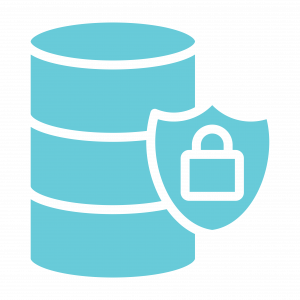In today’s hyper-connected world, cyber resilience is no longer a consideration — it’s an imperative.
While firewalls, endpoint protection, and threat intelligence play critical roles in an organization’s security posture, there’s a quieter but equally powerful hero that underpins all of it: log collection.
Best Practices for Effective Log Collection
Despite its criticality, many organizations still treat log collection as a checkbox exercise — leading to gaps in coverage, inflated storage costs, and missed threats. Below are best practices that will help elevate your log management strategy from basic hygiene to true cyber resilience.
1. Define a Clear Logging Policy
Start by identifying which logs are mission-critical. Not all logs are created equal, and collecting everything without a plan leads to information overload. Focus on:
- Authentication and access logs
- Privileged user activity
- Changes to key systems or configurations
- Network traffic anomalies
- Failed login attempts
Map logs to your threat model and compliance requirements to ensure relevance and coverage.
2. Ensure Centralized Log Management
Decentralized logging leads to blind spots. Centralized log collection and storage provides a unified view of all activities, streamlining detection and investigation efforts. Modern solutions like Snare Central enable you to collect logs from across the enterprise — endpoints, servers, cloud environments — into one secure, centralized platform.
3. Leverage Real-Time Log Monitoring
Resilience requires speed. By feeding collected logs into SIEM, XDR, or analytics platforms in real time, you reduce your mean time to detect (MTTD) and respond (MTTR). Alert fatigue can be mitigated by correlating log data across sources to prioritize high-risk events.
4. Ensure Log Integrity and Security
Logs must be trustworthy to be valuable. That means securing them against tampering and unauthorized access. Use cryptographic hashing, secure transport protocols, and role-based access controls to ensure logs remain accurate and admissible in incident response or legal proceedings.
5. Retain Logs Intelligently
Cyberattacks often remain undetected for weeks or months. If you’ve deleted or overwritten logs too soon, critical insights may be lost forever. Long-term retention — whether for threat hunting, compliance audits, or forensic analysis — is essential.
Solutions like Snare Store help reduce the cost of retaining high volumes of log data by up to 90%, allowing you to store longer without sacrificing performance or blowing out budgets.
6. Normalize and Enrich Your Logs
Raw logs are difficult to analyze at scale. Normalization ensures consistency across log formats, while enrichment (e.g., adding geolocation or threat intel context) turns basic data into actionable insight. This significantly enhances the efficiency of your detection and response pipelines.
7. Test and Tune Continuously
Log collection isn’t a “set and forget” exercise. Regularly test your log sources, ensure no critical events are being missed, and update filters as your infrastructure evolves. Use incident post-mortems to identify logging gaps and improve for next time.










